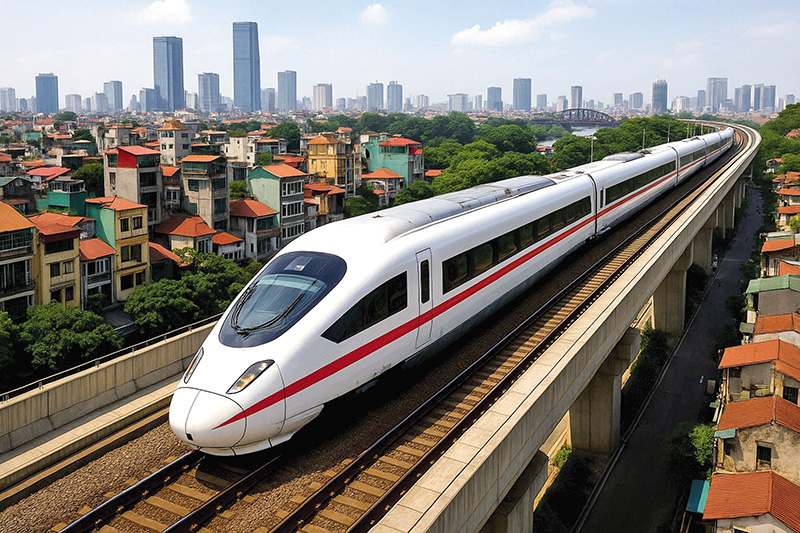 |
| The emergence of investment proposals in the form of PPP or direct investment is a very positive signal for the North-South high-speed railway project. |
New elements appear
A major turning point in the North-South High-Speed Railway Project is about to take place if the Government's proposal to add an investment form to the Project, in addition to public investment, is approved by the National Assembly. Specifically, earlier this week, on behalf of the Government, authorized by the Prime Minister, Minister of Construction Tran Hong Minh signed Document No. 573/TTr-CP to the National Assembly on adding an investment form for the Project.
In Submission No. 573/TTr-CP, the Government submitted to the National Assembly and the National Assembly Standing Committee to include in the Resolution of the 9th Session, the 15th National Assembly an adjustment to Resolution No. 172/2024/QH15 dated November 30, 2024 on the investment policy of the North-South High-Speed Railway Project with two main contents: approving the addition of other investment forms (investment in the form of public-private partnership - PPP, business investment...) for the Project, in addition to the form of public investment; assigning the Government to organize the selection of investment forms and investors for the Project according to regulations, in case there are other mechanisms and policies beyond the authority to report to the National Assembly.
The North-South High-Speed Railway Project was approved by the Politburo in principle for investment in the form of public investment in September 2024; the Politburo submitted and the Central Executive Committee approved the investment policy in Resolution No. 55-NQ/TW dated September 20, 2024.
On that basis, the Government Party Committee coordinated with the National Assembly Party Committee to urgently implement. In particular, the National Assembly approved the investment policy in Resolution No. 172/2024/QH15 in the form of public investment, striving to complete the entire route by 2035.
The Government issued Resolution No. 106/NQ-CP dated April 23, 2025 to implement Resolution No. 172/2024/QH15 of the National Assembly; deploying work to ensure early commencement of the Project, including coordinating with localities to carry out site clearance preparations; deploying the selection of project management consulting contractors; reviewing and translating 31 sets of standards; working with domestic and foreign organizations, associations, and enterprises to call for participation in the Project implementation; developing and promulgating Government decrees.
In particular, the Government has directed the Ministry of Construction and the Ministry of Industry and Trade to urgently develop the Railway Human Resources Development Project and the Railway Industry Development Project.
After Resolution No. 68-NQ/TW dated May 4, 2025 of the Politburo on private economic development, Resolution No. 198/2025/QH15 dated May 17, 2025 of the National Assembly promulgating a number of special policy mechanisms for private economic development, Resolution No. 139/NQ-CP dated May 17, 2025 of the Government promulgating the Government's plan to implement Resolution No. 198/2025, the Government has received investment proposals for the Project from a number of investors.
The common point in the proposal of private investors for the Project is to invest in the form of private investment (according to the Investment Law); progress faster than the progress approved in Resolution No. 172/2024/QH15 of the National Assembly; use state budget capital allocated for compensation, support, resettlement, handover of clean land to investors...
According to Dau Tu Newspaper reporters, as of June 25, the Government and the Ministry of Construction have received investment proposals for the Project from 5 investors, including: Vinspeed High-Speed Railway Investment and Development Joint Stock Company; Truong Hai Group Joint Stock Company; Mekolor and Great USD joint venture; Thang Long National Construction Joint Stock Company; Vietnam Railway Transport Joint Stock Company.
Among them, Vinspeed and Truong Hai Group are the two investors with the most closely and systematically researched proposals. Vinspeed committed to completing the project in 5 years, Truong Hai committed to completing it in 7 years; almost no state budget capital was used.
Positive signal
In Document No. 573/TTr-CP, the Government clarified the necessity of studying additional investment forms for the North-South High-Speed Railway Project.
According to the Government, at the time of submitting to the Politburo, the National Assembly, and the Government for approval of the investment policy for the high-speed railway on the North-South axis in the form of public investment, no investors were interested in or proposed to invest in this railway line. After the Politburo issued Resolution No. 68-NQ/TW, the National Assembly issued Resolution No. 198/2025/QH15, and the Government issued Resolution No. 139/NQ-CP, a number of investors were interested in proposing private investment (direct investment).
 The North-South High-Speed Railway Project was approved by the National Assembly in Resolution No. 172/2024/QH1516, with a total length of 1,541 km from Hanoi to Ho Chi Minh City, with a design speed of 350 km/h. The project includes 23 passenger stations, 5 freight stations, using about 10,827 hectares of land. The preliminary total investment is 1,713,548 billion VND (about 67.34 billion USD). Implementation period is from 2025 to 2035.
The North-South High-Speed Railway Project was approved by the National Assembly in Resolution No. 172/2024/QH1516, with a total length of 1,541 km from Hanoi to Ho Chi Minh City, with a design speed of 350 km/h. The project includes 23 passenger stations, 5 freight stations, using about 10,827 hectares of land. The preliminary total investment is 1,713,548 billion VND (about 67.34 billion USD). Implementation period is from 2025 to 2035. 
Compared with the conclusion of the Politburo in Document No. 11376-CV/VPTW dated September 18, 2024, Resolution No. 172/2024/QH15 dated November 30, 2024 of the National Assembly, Resolution No. 37/NQ-CP dated August 15, 2024 of the Government, there is no form of investment under the PPP method or direct private investment method or other investment form.
The Government affirmed that for the investment form under the PPP method and direct private investment, there is a full political basis, legal basis, and practical basis. Specifically, regarding the political basis, Resolution No. 68-NQ/TW of the Politburo determined to expand the participation of private enterprises in important national projects such as high-speed railways, urban railways, etc.
Regarding the legal basis, Article 16 of the Investment Law stipulates that “infrastructure is a sector that is encouraged to invest and enjoys incentives according to Article 15”. Article 4 of the Investment Law under the PPP method stipulates that the transport sector is invested in this form.
Resolution No. 198/2025/QH15 dated May 17, 2025 of the National Assembly also stipulates: "The State expands the participation of enterprises in the private economic sector in key projects of great significance to socio-economic development, important national projects through direct investment or investment under the public-private partnership method...".
In addition, world experience shows that most countries invest in railway infrastructure in the form of public investment, because although railway projects bring high socio-economic efficiency, the financial efficiency of the project is low, the total investment is large, and the payback period is long. Some investment projects under the PPP method have been initially implemented, but need support from the State.
According to Clause 2, Article 37 of the Law on Public Investment, the addition of investment forms does not fall under the case of adjusting the investment policy of the Project. Specifically, the adjustment of the investment policy of the program or project is carried out in case the program or project changes its objectives, location, exceeds the public investment capital, exceeds the public investment capital of the higher-level budget, exceeds the total investment of the program or project compared to the content of the investment policy of the program or project.
“However, as this content is different from Resolution No. 172/2024/QH15 of the National Assembly, the Government reports to the National Assembly for approval,” Submission No. 573/TTr-CP stated.
According to a leader of the Ministry of Construction, the appearance of investment proposals in the form of PPP or direct investment is a very positive signal for the Project.
During the process of drafting the revised Railway Law, the Drafting Committee also added specific and special mechanisms and policies to create the most favorable conditions for private enterprises to participate in investing in the railway infrastructure sector, including the high-speed railway line on the North-South axis and urban railway lines in Hanoi and Ho Chi Minh City.
“In Vietnam, many private corporations have strong financial potential and the capacity to organize and implement large-scale projects. If there is a suitable mechanism, they can completely implement railway infrastructure projects faster, more systematically and more effectively than public investment,” said this leader.
In recent discussion sessions, many National Assembly delegates assessed that the Draft Law on Railways (amended) will create a strong breakthrough in legal basis, creating attraction for private enterprises to proactively participate in investing and developing the railway network.
Specifically, private investors are allowed to participate in national or local railway projects. Even if the project has an investment policy decision from the State, if the investor's proposal is feasible, the investment policy will be adjusted according to the provisions of law.
In particular, for projects with large total investment and slow capital recovery such as railways, the Draft allows the application of the TOD model (transport-oriented urban development). Railway investors are given priority to implement urban development projects around the station - both to compensate financially and to ensure urban spatial synchronization.
Speaking to reporters of Investment Newspaper, Mr. Nguyen Danh Huy, Deputy Minister of Construction, said that although the Draft has created many opportunities for private units to participate in investment, development, and increase competitiveness in the context of global integration, the key role of the State in building and orienting the development planning of the industry is also clearly demonstrated.
The draft allows the application of a risk-sharing mechanism throughout the project life cycle, with the principle of “reasonable profit” being legalized. The draft also clearly states that the transfer of capital and assets to foreign organizations is not allowed, except in cases of bankruptcy handled according to the Bankruptcy Law - this is a step to prevent risks to economic security and capital control, but still opens the door for enterprises to mobilize international capital through appropriate channels.
Source: https://baodautu.vn/buoc-ngoat-lon-tai-du-an-duong-sat-toc-do-cao-bac---nam-d314701.html


![[Photo] Discover unique experiences at the first World Cultural Festival](https://vphoto.vietnam.vn/thumb/1200x675/vietnam/resource/IMAGE/2025/10/11/1760198064937_le-hoi-van-hoa-4199-3623-jpg.webp)
![[Photo] Opening of the World Cultural Festival in Hanoi](https://vphoto.vietnam.vn/thumb/1200x675/vietnam/resource/IMAGE/2025/10/10/1760113426728_ndo_br_lehoi-khaimac-jpg.webp)
![[Photo] General Secretary attends the parade to celebrate the 80th anniversary of the founding of the Korean Workers' Party](https://vphoto.vietnam.vn/thumb/1200x675/vietnam/resource/IMAGE/2025/10/11/1760150039564_vna-potal-tong-bi-thu-du-le-duyet-binh-ky-niem-80-nam-thanh-lap-dang-lao-dong-trieu-tien-8331994-jpg.webp)



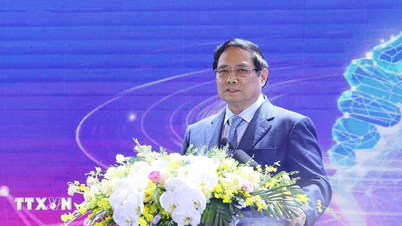



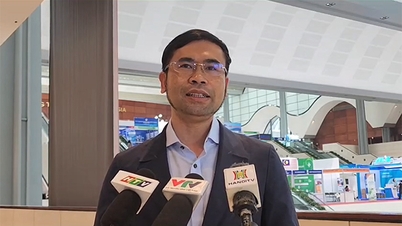


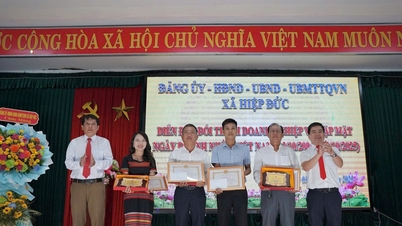

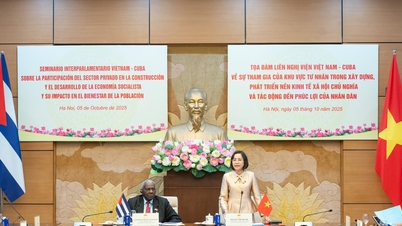
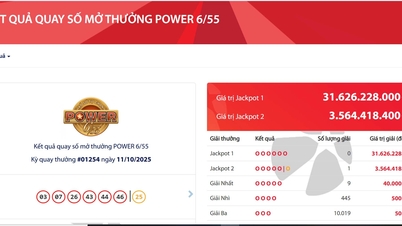








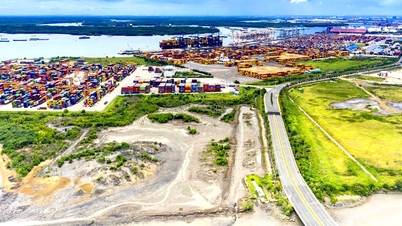









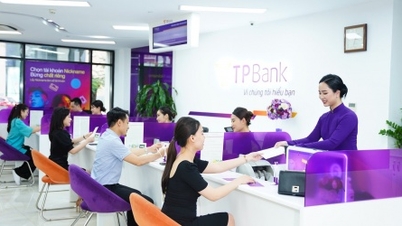

![[Photo] Ho Chi Minh City is brilliant with flags and flowers on the eve of the 1st Party Congress, term 2025-2030](https://vphoto.vietnam.vn/thumb/1200x675/vietnam/resource/IMAGE/2025/10/10/1760102923219_ndo_br_thiet-ke-chua-co-ten-43-png.webp)



























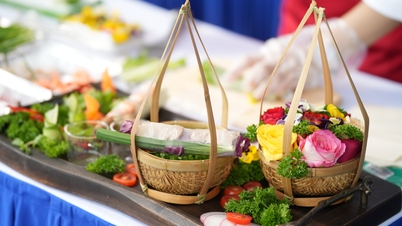
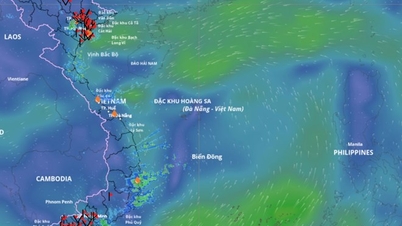


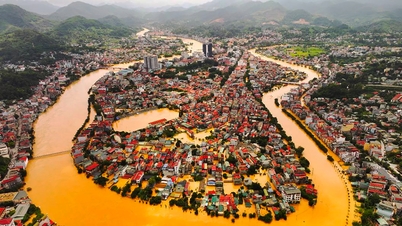
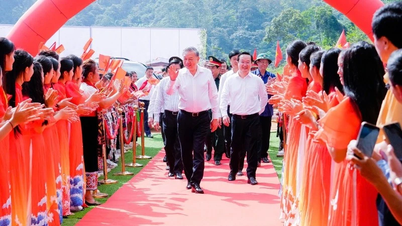




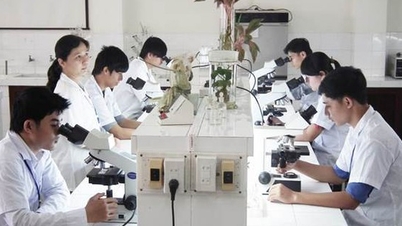

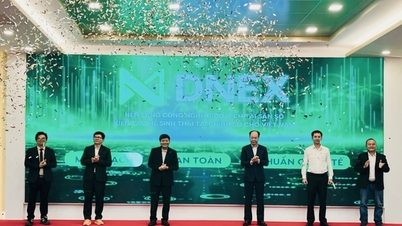






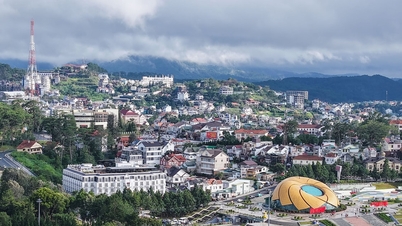

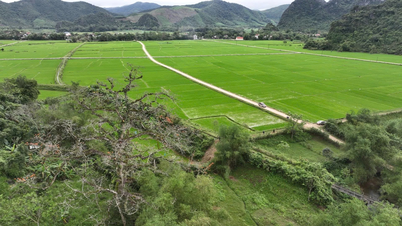











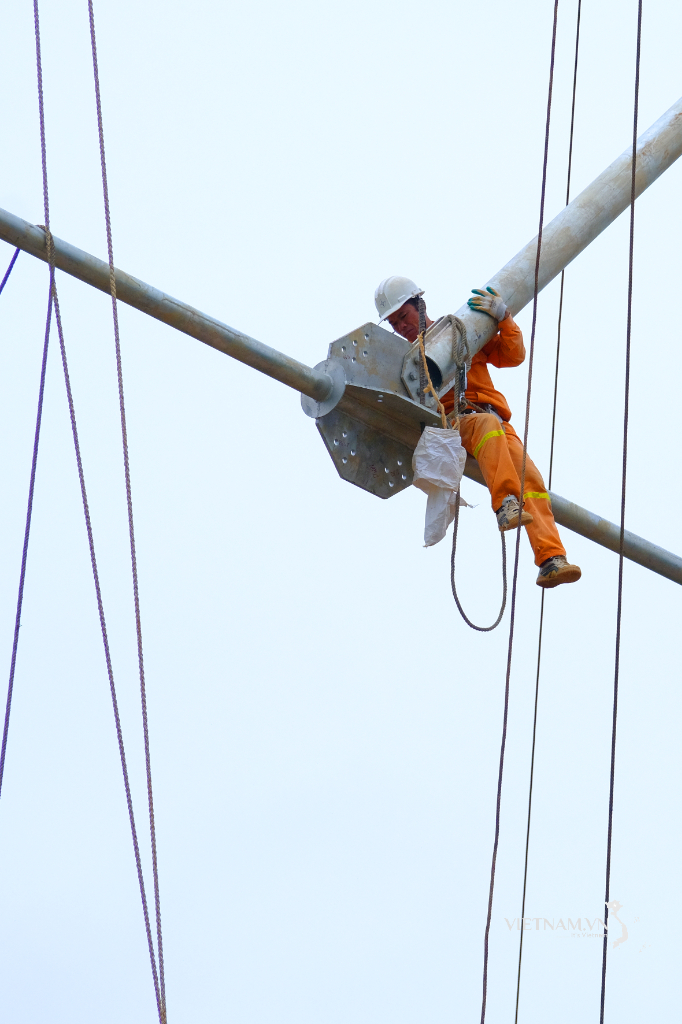

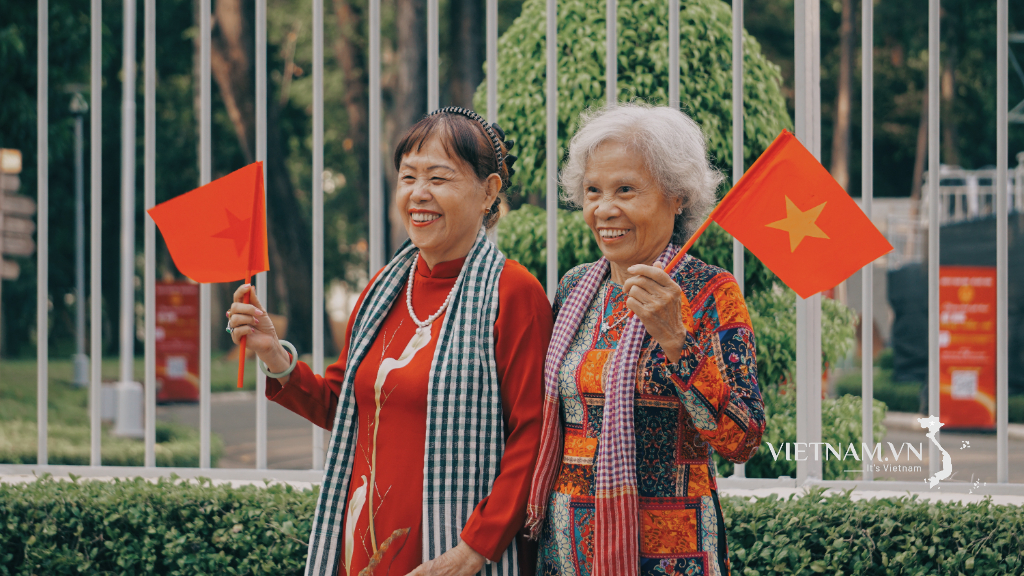

Comment (0)